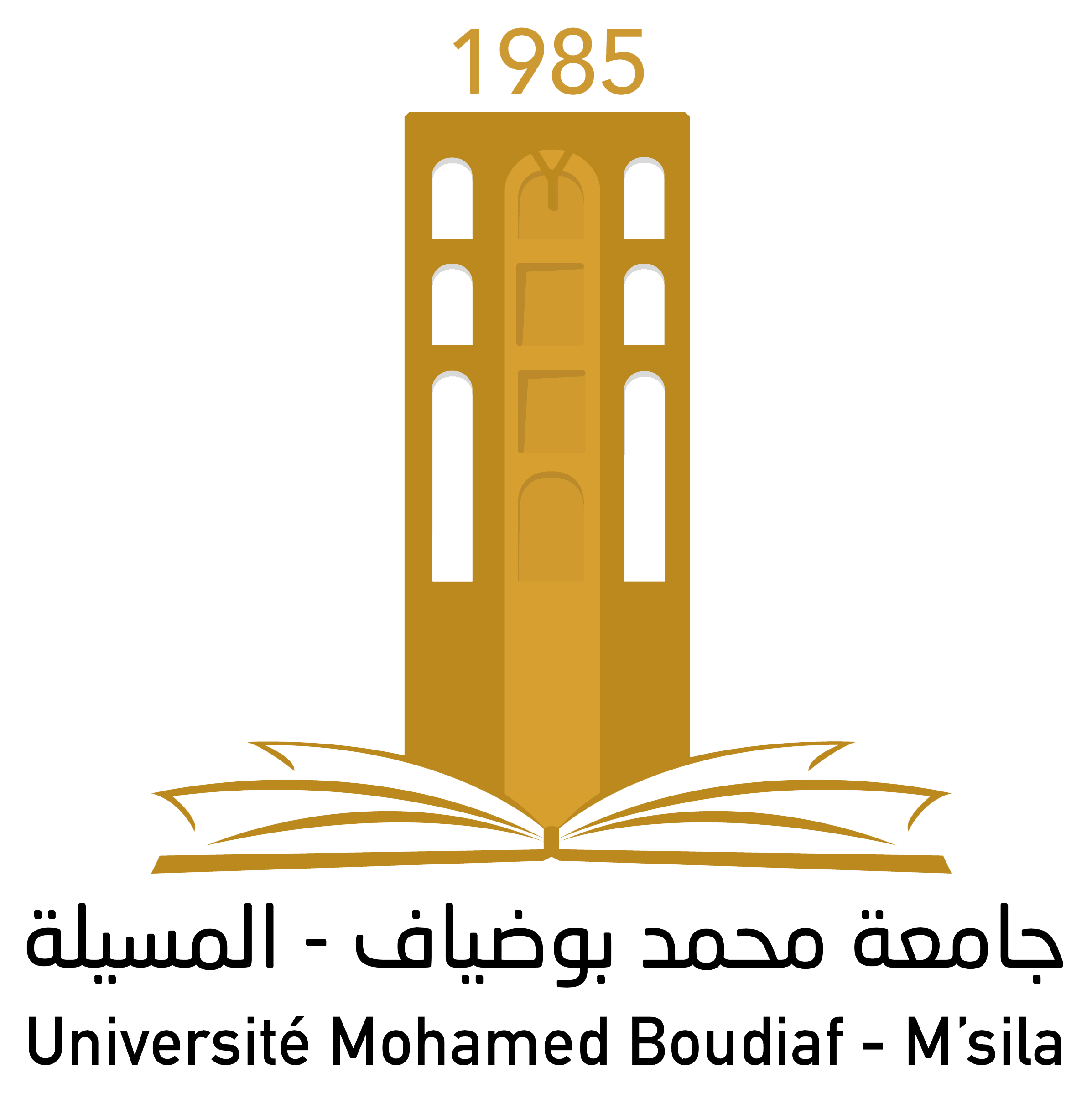جودة التقويم التربوي في المدرسة الثانوية الجزائرية-دراسة تحليلية لإختبار البكالويا لمادة العلوم الطبيعية تخصص علوم تجريبية في ظل نظرية الذكاءات المتعددة-
Résumé: يهدف البحث الحالي إلى الكشف عن مدى تضمين محتوى أسئلة البكالوريا مادة العلوم الطبيعية لأنواع الذكاءات المتعددة وقد اعتمد الباحثان المنهج الوصفي التحليلي لمعرفة مدى هذا الهدف مستخدمين أسلوب تحليل المحتوى كأحد أساليب المنهج الوصفي وبناء استمارة تحليل لأنماط الذكاءات المتعددة وذلك بالإطلاع على الأدبيات والدراسات السابقة وتم التحقق من صدق الأداة بعرضها على مجموعة محكمين بالإضافة إلى الصدق الظاهري بعد تطبيق معادلة كوبر لتتحصل على صدق يساوي 0.83وهذا مايجعل الأداة تتمتع بمستوى مقبول من الصدق أما عن الثبات فتم بطريقتين هما الاتفاق بين محللين بنتيجة تساوي 0.81 والثبات عبر الزمن باستعمال معادلة كوبر لنحصل على نتيجة 0.85 مما يعني إن استمارة التحليل تتمتع بمستوى مقبول من الثبات. وبعد استعمال التكرارات والنسب المئوية للكشف عن مدى توافر أنماط ومؤشرات الذكاءات المتعددة كانت النتائج كالتالي أسئلة اختبار بكالوريا علوم الطبيعة والحياة للسنة الثالثة من التعليم الثانوي تخصص علوم تجريبية حصل على 341 تكرارا موزعا على تسعة أنماط من الذكاءات ، و قد تحصل الذكاء الطبيعي على أكبر نسبة لتكرار مؤشراته و التي قدرت بـ 67.67 % ، وبعده جاء الذكاء الرياضي المنطقي بنسبة 57.27%، ويأتي بعده الذكاء الذاتي الشخصي بنسبة 59.59%، ثم يليه اللفظي اللغوي حيث بلغت نسبة تكرار مؤشراته 55.45%، ليأتي بعده الذكاء المكاني البصري بنسبة 46.59 %، و يتحصل الذكاء الجسمي الحركي على نسبة 42.04 %، وبعده الذكاء الوجودي بنسبة 03.40 %، وأتى بعده الذكاء الوجودي بنسبة 0.17%، و تحصل الذكاء الموسيقي على أقل نسبة لتكرار مؤشراته و قدرت بـ 01.13%،ولقد قدرت النسبة المئوية لتضمين الذكاءات المتعددة في محتوى الكتاب موضع الدراسة بـ 39.74% وهي نسبة تعتبر منخفضة مقارنة بالنسبة المحكية والتي حددها الخبراء بـ 70%. ونلاحظ أن محتوى وثيقة الاختبار محل الدراسة تضمنت الذكاءات التسعة كلها غير أنها وزعت بتفاوت وتباين، فجاءت توزيع نسبة الذكاء الطبيعي في محتوى الاختبار محل الدراسة بنسبة عالية وذلك لأن توجه الأسئلة والأنشطة هو توجه بيئي طبيعي مع مراعاة تخصص الشعبة وبذلك يظهر عدم اهتمامه بالمواضيع التي تنمي كل من الذكاء الوجودي والموسيقي. The present research aims to reveal to what extent the content of the questions of the baccalaureate in natural sciences includes multiple types of intelligences. The researchers adopted the descriptive analytical approach to determine the extent of this objective, using the content analysis method as one of them. methods of the descriptive approach and construct a form of analysis for the types of multiple intelligences by reviewing the literature and previous studies. Check the validity of the tool by presenting it to a group of referees, in addition to the face validity after applying the Cooper. equation, to obtain a validity equal to 0.83, which makes which means that the tool has an acceptable level of validity, as for reliability, it was obtained in two ways: an agreement between two analysts with a result equal to 0.81, and consistency over time using the Cooper's equation to obtain a result of 0.85, which means that the analysis form has an acceptable level of reliability. After using frequencies and percentages to reveal the availability of models and indicators of multiple intelligences, the results were as follows: The questions of the baccalaureate examination in natural and life sciences for the third year of secondary education, specialization in experimental sciences, obtained 341 distributed frequencies. out of nine intelligences, natural intelligence having obtained the highest frequency of its indicators, estimated with a rate of 67.67%, followed by logical-mathematical intelligence with a rate of 57.27% and subjective intelligence personal with a rate of 57.27%and personal subjective intelligence comes next with a rate of 59.59%, then it is followed by verbal-linguistic intelligence, where the frequency of its indicators reaches 55.45%, then it is followed by by visual-spatial intelligence with a rate of 46.59%, then bodily-kinesthetic intelligence with a rate of 42.04%, then it is followed by existential intelligence with a rate of 03.40%, and it arrived Existential intelligence was followed by 0.17%, and musical intelligence had the lowest percentage of frequency its indicators were estimated at 01.13%, and the percentage of inclusion of multiple intelligences in the content of the book studied was estimated at 39.74%, which is a percentage considered low compared to the spoken percentage, which experts set at 70%. We see that the content of the test document studied does not neglect any of the nine intelligences, but these are distributed in varying proportions, the distribution being natural intelligence in the content of the studied test has a high percentage, because the orientation of questions and activities is a natural environmental orientation, taking into account the specialization of the division, and therefore its lack of interest in subjects which develop both existential. and musical intelligence appeared.
Mots-clès:
Publié dans la revue: مجلة العلوم الاجتماعية و الانسانية
Nos services universitaires et académiques
Thèses-Algérie vous propose ses divers services d’édition: mise en page, révision, correction, traduction, analyse du plagiat, ainsi que la réalisation des supports graphiques et de présentation (Slideshows).
Obtenez dès à présent et en toute facilité votre devis gratuit et une estimation de la durée de réalisation et bénéficiez d'une qualité de travail irréprochable et d'un temps de livraison imbattable!


